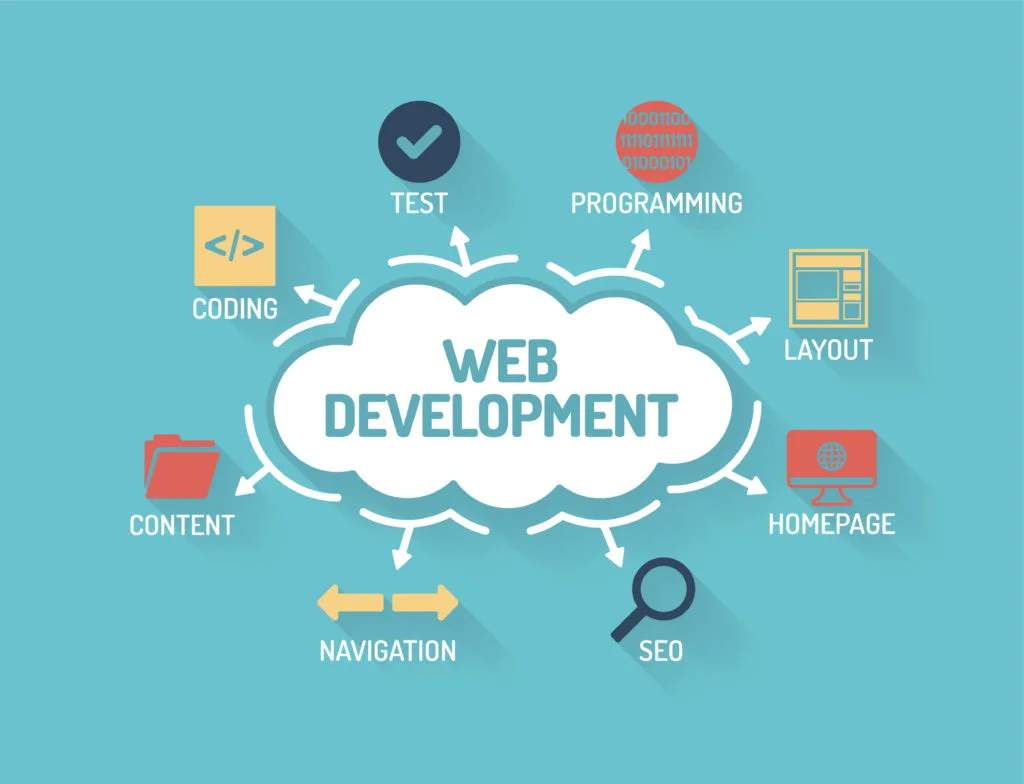Design Process:
1. Understand the Project Goals
- Begin by thoroughly understanding the project’s purpose, objectives, and desired outcomes.
- Define the target audience, key deliverables, and overall vision for the project.
2. Research and Analysis
- Conduct comprehensive research on the project:
- Identify existing solutions, platforms, or projects with similar goals.
- Document names of similar websites or applications and their functionalities.
- Personally use these platforms to gain firsthand insights into their usability and features.
- Analyze and compare these platforms:
- Identify gaps in functionality, usability issues, or potential areas of improvement.
- Note similarities, strengths, weaknesses, and opportunities for innovation.
- Document all findings in a research report for future reference.
3. Document Requirements and Ideate
- Create a detailed document outlining:
- The number of required pages.
- The specific content and functionality for each page.
- Develop hand-drawn wireframes on paper to define the flow, layout, and content for each page.
4. Translate Wireframes to Digital Format
- Transfer finalized hand-drawn wireframes into Figma for further refinement.
- Ensure the digital wireframes clearly define the structure and flow of the application or website.
5. Build a Design System
- Develop a design system tailored to the brand or business:
- Define primary colors, secondary colors, and shades.
- Establish button styles, border styles, corner radii, and typography.
- Conduct a test design using a sample page to ensure consistency in colors, text sizes, and overall aesthetics.
- Finalize the design system, including icons, components, and other UI elements, while documenting the guidelines for future use.
6. Create the High-Fidelity Design
- Begin the main design process in Figma:
- Use Auto Layout and other advanced features to ensure flexibility and scalability.
- Organize components and layers in a structured and logical manner for easy navigation and usability.
- Update the design system as needed to align with real-time design progress.
7. Gather Feedback and Iterate
- Share designs with colleagues, friends, family, and other UX professionals to gather diverse perspectives.
- Collect user feedback:
- Include feedback from both designers and non-designers to evaluate user-friendliness.
- Document all feedback, including criticisms, and analyze the root cause of any issues.
- Implement changes based on feedback and test again to ensure the design meets user needs.
8. Finalize and Reiterate
- Continuously refine the design until it achieves an optimal balance of aesthetics, functionality, and user satisfaction.
- Document the final design process and system for handoff or further development.


